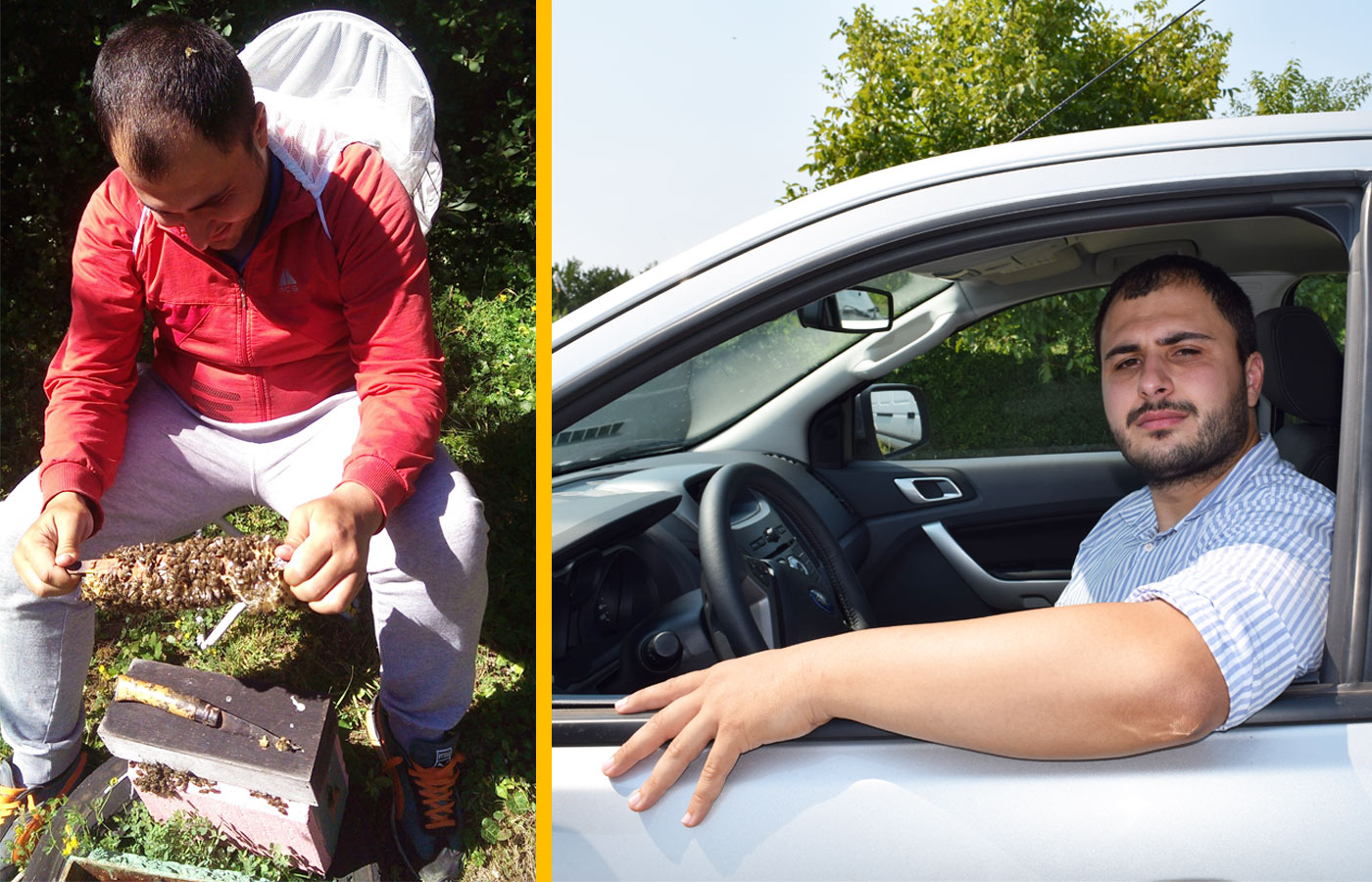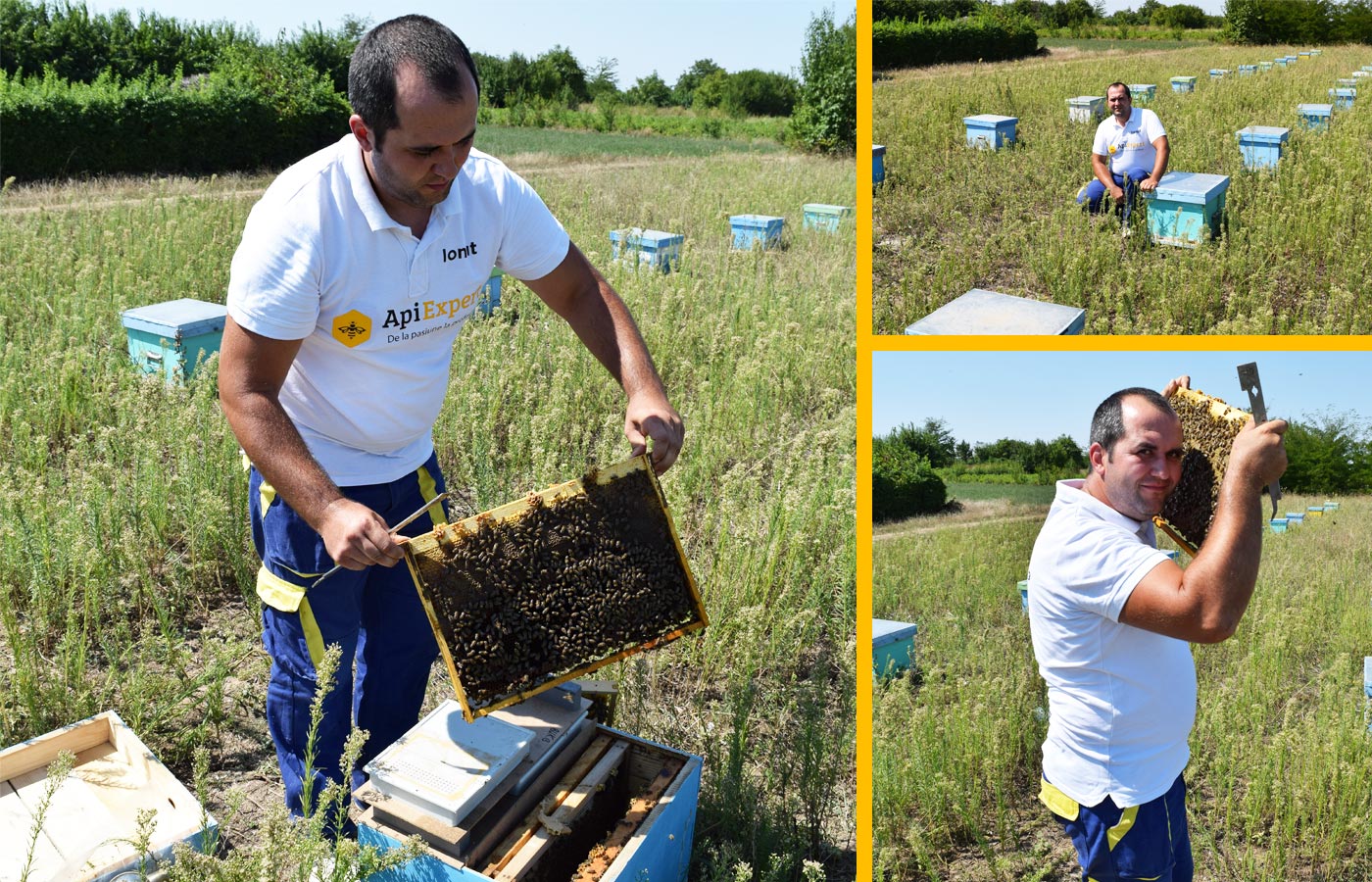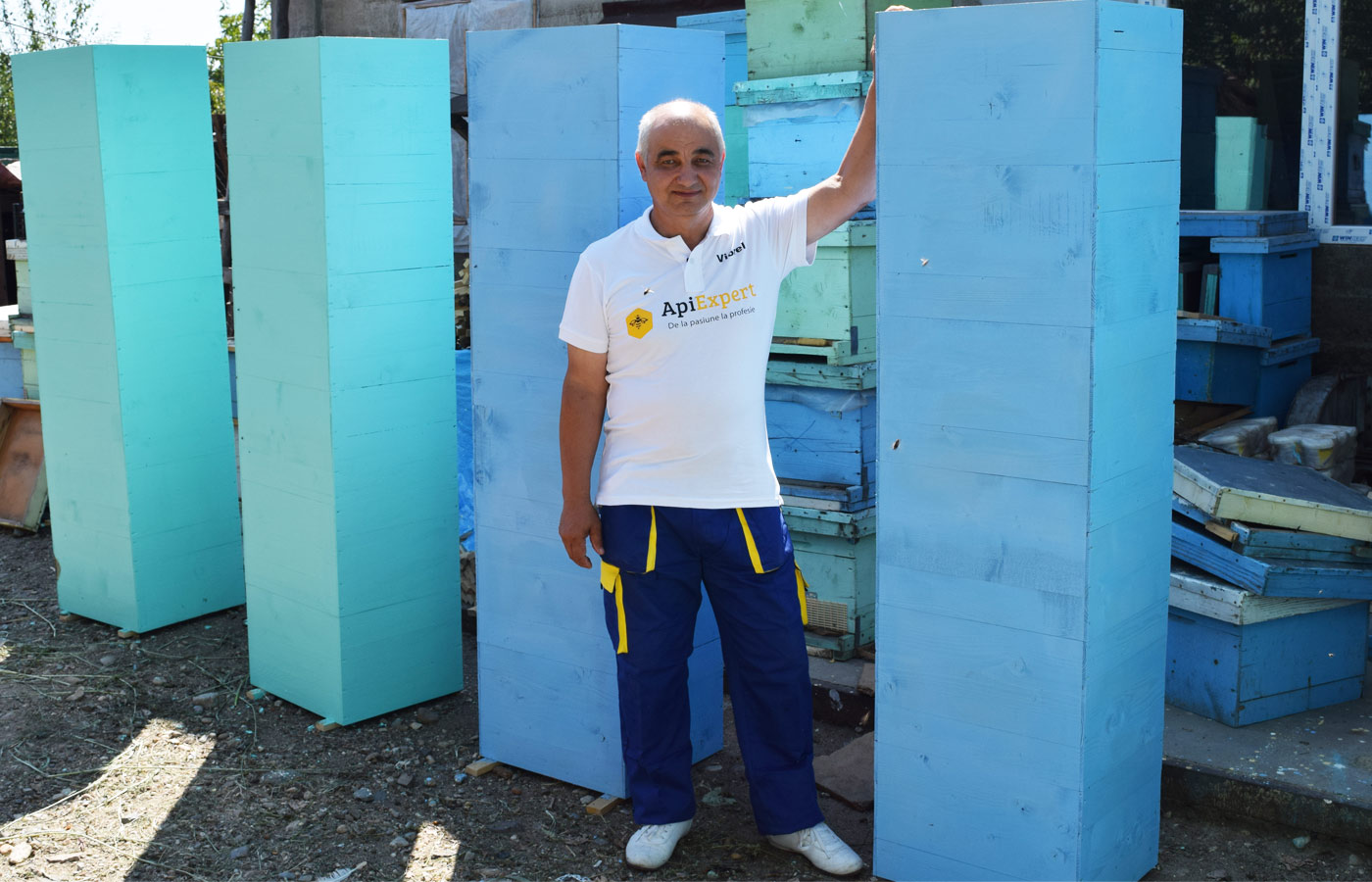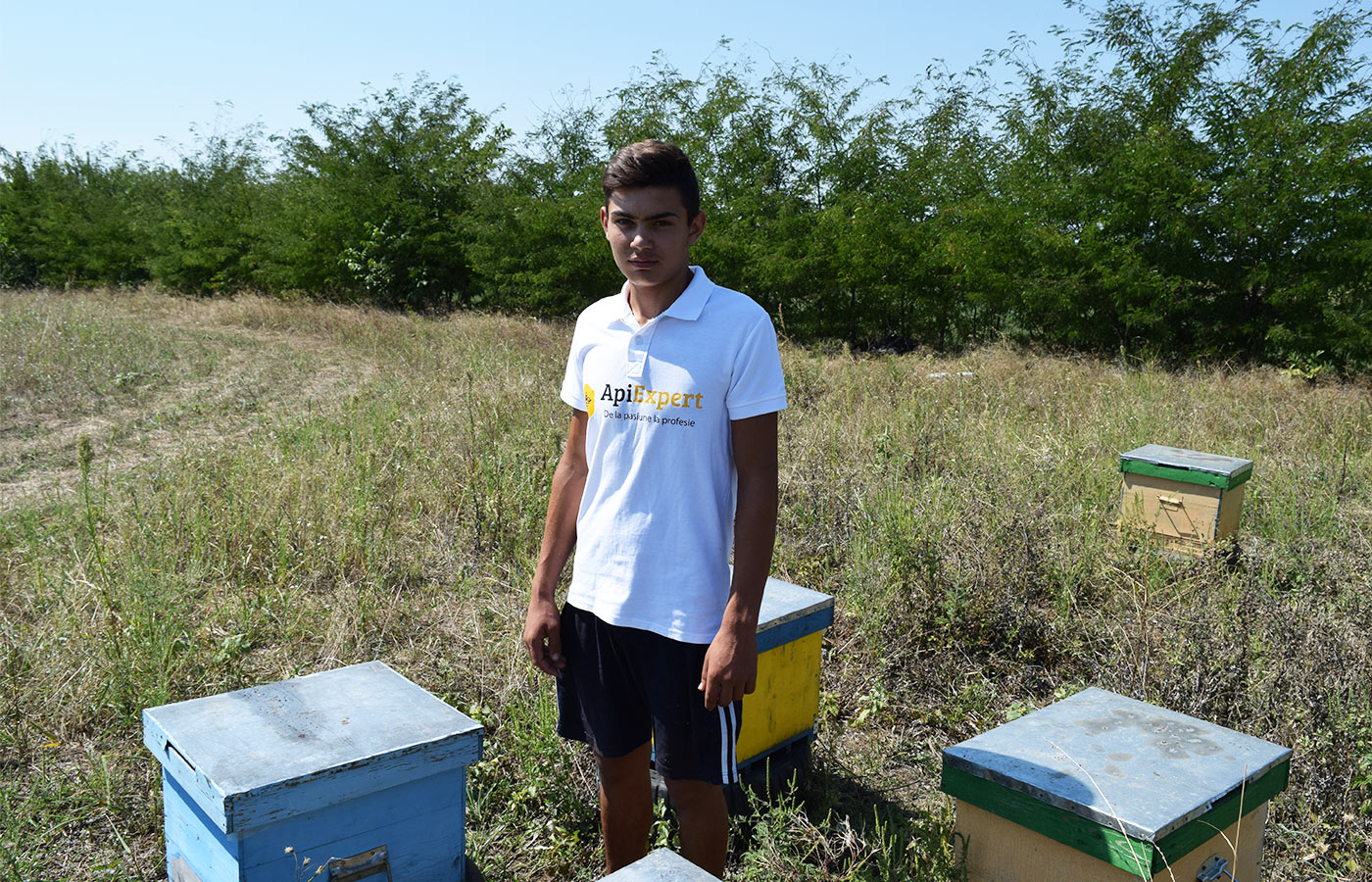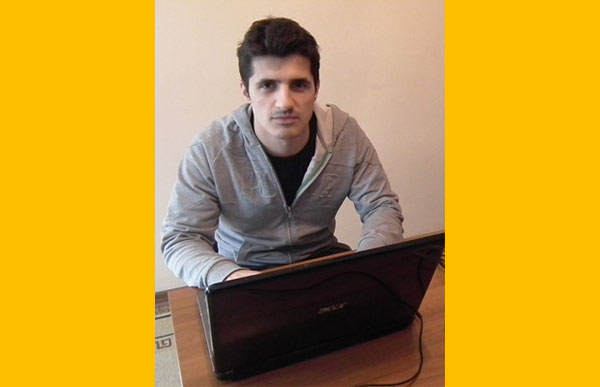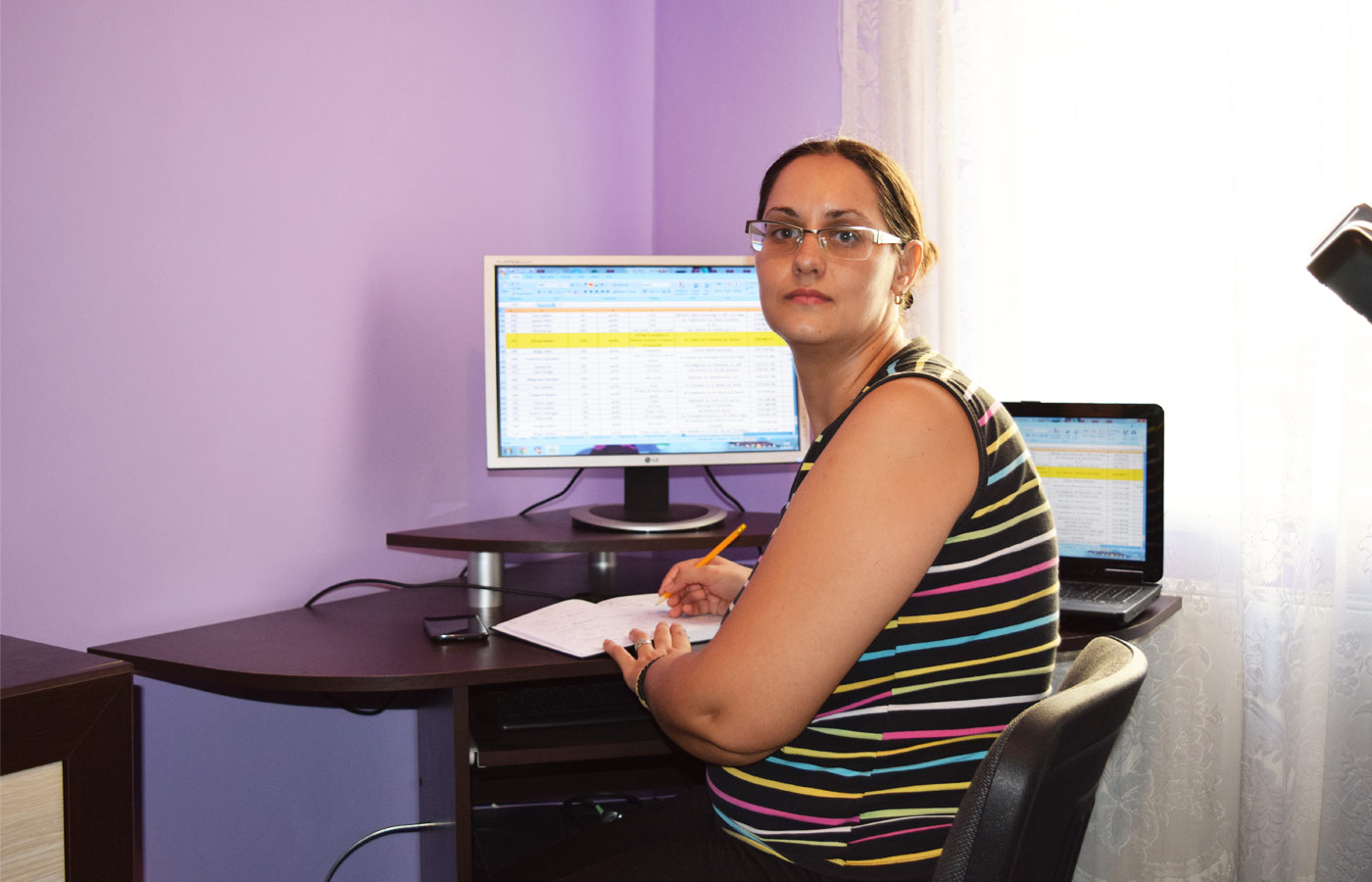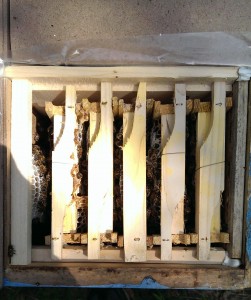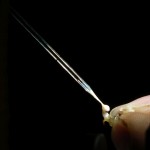Who are we?
ApiExpert is a closely knitted team of 9 people that have one thing in common: a great passion for beekeeping, bee breeding and selection.
Radu
General Manager
Radu is in charge with selecting the genetic material, while also monitoring the bee colonies and production queens with our own software app. He also oversees the activity of the entire team and publishes articles on the ApiExpert Blog.
Valentin
Valentin is responsible for the grafting the larvae and the artificial insemination of queens. He also oversees the production of the naturally mated queens, from larvae to mating.
Ionut
Ionut is in charge with the production of bee swarms, monitors the queens from the newly formed colonies and also takes part in the production of our naturally mated queens.
Viorel
Viorel helps with the production of the naturally mated queens and is in charge with honey harvesting during the nectar flow.
Mihai
Being the youngest team member, Mihai helps Ionut and Andrei with the production of the bee swarms.
Adi
Adi is the master carpenter. Regardless if he’s working on a new type of nucleus or modifying a hive box, we can cont on his skills and attention to details.
Ovidiu
Ovidiu is in charge of developing our in-house apps and manages the online store and Blog. He also offers assistance to our partners from abroad.
Where can you find us?
We are based in the beautiful Romania, in the city of Craiova. Our 5 breeding apiaries are located in the Dolj county in the south of Romania. Every year, in each one of these apiaries we use a line of drones for each race; these drones come from selected queens from the previous year. If you want to drop by you are more than welcome. We speak english and french and we’re eager to meet beekeepers from all over the world. If you’re interested in paying us a visit or just want to say hi please drop us an email.
How do we work?
Grafting the larvae
We use the single grafting method; in order to avoid injuring the larvae, especially when grafting very young larvae (with an age of just a few hours) it is important to use a high quality grafting tool (we prefer the one from Swienty). Also, the grafting itself takes place in a place devoid of sunlight in order to avoid the dehydration of the larvae.
Queenright starter-finisher (Photo Gallery)
Forming the nursing colony, along with the selection process, represents vital steps in obtaining high quality production queens. Our method consists of the following steps:
- We choose a very strong colony (at least 8 brood frames).
- All the capped brood is moved to the top story; if there aren’t at least 7 capped brood frames we must take additional frames from other colonies. Between the two stories we place a Hanneman grid to prevent the queen from entering the top story. Note: the capped brood frames must not have uncapped larvae or eggs.
- 24 hours prior to placing the larvae in the starter-finisher we separate the bees from the two stories by inserting a wooden separator (cloake board) just above the Hanneman grid and we rotate the starter-finisher by 180 degrees. Note: we must also place a Hanneman grid at the entrance to prevent newly mated queens from entering.

- After 10 days the queens are transferred to mating nucleus hives.
Mating nucleus hives
We have recently switched to a new type of mating nucleus hives and opted for larger ones in order to overwinter a greater number of queens. The nuclei consist of one thirds (1/3) of Dadant frames that can be put together to form a full size Dadant frame. Aside from the benefit of being able to overwinter even more queens, the large number of bees also means better quality queens: it’is extremely important for maintaining a temperature of 30–34 degrees Celsius necessary for the transfer of the sperm from the oviducts to the spermatheca of the mated queen.
The biological material
We have very close collaborations with bee breeders and renowned institutes from all over Europe which help us to obtain high quality biological material.
Authorization and accreditation
Our apiaries are authorized by DSVSA Dolj (the National Veterinary Authority and National Authority for Food Safety) for the production and marketing of bee swarms and queen bees. We also carry out periodical medical examinations using samples from our colonies. DSVSA Dolj is the institution that does the actual examinations in its specialized laboratories.
 |
 |
 |
The Breeding and Selection Program used for our Queens
The selection program itself represents a vital part in producing a high quality queen bee. It is a complex process, as conceiving and implementing a Breeding and Selection Program means an in-depth knowledge of genetics and how the principles apply to the honey bee. Here are the steps:
- The selection of the breeder queens is carried out in accordance with a very strict list of parameters. In order to achieve a very strict control, we have developed our own software apps that help us get a very clear picture of the evolution and progress of the colonies that show breeding potential.
2. The selection criteria. We use the following for our queens:
Primary selection criteria:
- resistance to diseases
- prolificity of the queen
- swarming predisposition
- harvesting capacity
- aggressiveness/defensiveness
Secondary selection criteria:
- the longevity of the queen and worker bees
- build up in the Spring
- capacity to overwinter
- length of the tongue
- capacity to organize the hive (brood, honey and pollen)
- predisposition to robbing
- comb building capacity
- smell scent and flying strength
- orientation
- hygiene
Based upon observations in the field, a score is assigned to each of the criteria; then a weighted average of the assigned values is calculated and the queens with the highest averages enter the next step of the selection process.
3. In order to stabilize the traits that interest us the most (the selection criteria above), an inbreeding process of the queens is carried out up to the fifth generation. This operation is strictly controlled by artificially inseminating the queens. This way we make sure that the daughters will inherit the dominant traits of their mothers to a very high degree.
4. The last step is choosing a mating method (natural or artificial), one that will ensure great genetic variety. Therefore, every year we use at least four lines for every race of honey bees.
The selection and marking of the drones
The frames with drones from the selected colonies are isolated with Hanneman grids. After the hatching of the drone brood, we mark the drones to separate them from the drones of other colonies. By using this process we have a full control over the genetic material used for artificial insemination.
The Equipment that we use
As we have previously mentioned, a Selection Program can’t be implemented without a total control over the genetic material. Therefore, the use of artificial insemination is mandatory. For this operation we use a complete insemination kit from Schley.
If you have any other questions regarding our work process or just want to say hi, please contact us and we’ll get back to you asap.
Thank you,
The ApiExpert Team

